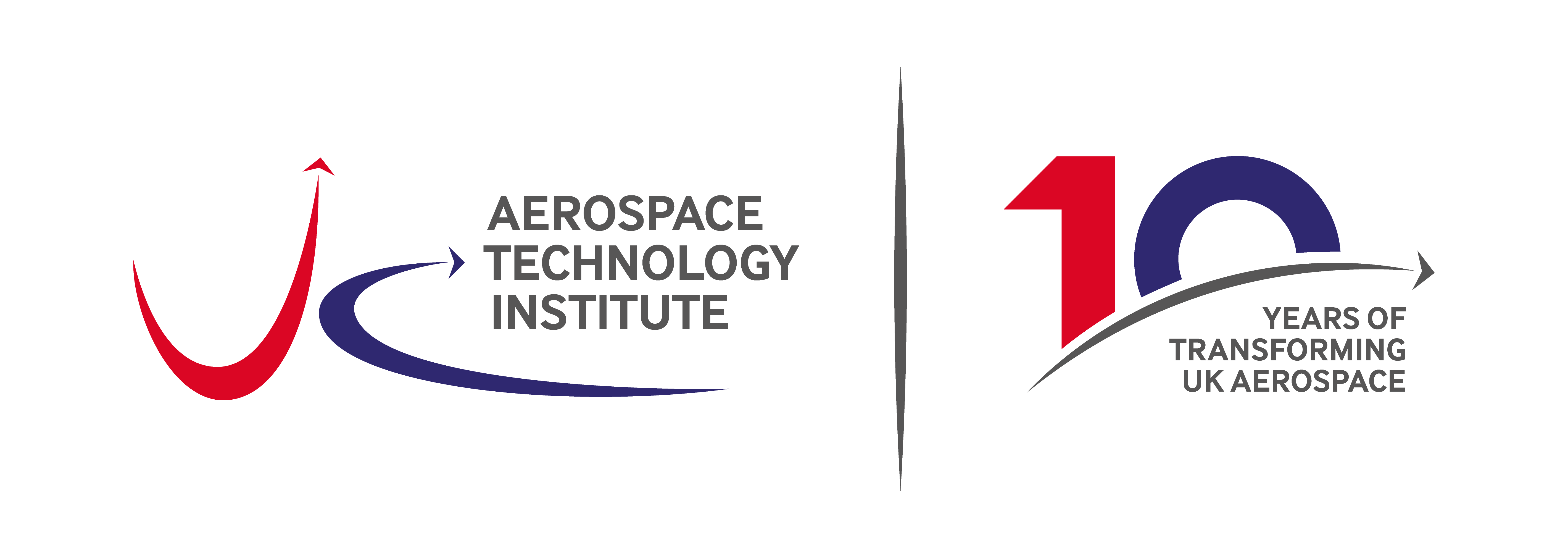FlyZero and Aerospace Wales event considers zero-carbon aerostructures
As part of a series of online events, FlyZero teamed up with Aerospace Wales in December for an event to discuss the work being carried out in universities and businesses to develop next-generation aerostructures.
While FlyZero will publish roadmaps for the technologies critical to realising zero-carbon emission commercial flight this year, speakers touched on many of the challenges and opportunities these involve as the UK aviation sector looks to reduce its carbon emissions both in manufacturing and aircraft operations.
Introducing the event, John Whalley, chief executive of Aerospace Wales, highlighted the strategic importance of the region for UK aerospace. “Wales has 5% of the UK population,” he explained. “But around 10% of the UK’s aerospace industry and something like six of the 10 top aerospace companies in the world so we do punch above our weight.”
First up was FlyZero chief engineer, aerostructures Mark Whillier who presented a project overview. “A great team of people has been assembled to get the widest possible perspective,” he said. “We have a really broad perspective, not just on the engineering side.”
Next to speak was FlyZero design lead Stephen Phillips who covered aerostructures work being done on the project, including the impact of potential propulsion systems and energy sources. “Zero-carbon emission aviation will require liquid hydrogen due to the energy densities required and also the relative affordability of the fuel,” he said.
Stephen discussed the considerations needed for integrating hydrogen fuel tanks, including their impact on an aircraft’s maximum take-off and landing weights and its centre of gravity. With hydrogen needing to be stored in the fuselage rather than the wing, this presents opportunities and challenges for designers. FlyZero has been looking to integrate the engine and pylons with the wing and considering potential weight savings. However, storing fuel in the wings positions it close to the aircraft’s centre of lift, and provides wing bending moment relief. Removing this will require a stiffer wing and so the project has been considering different configurations to try and accommodate this. “It opens up a whole new design space for us to explore,” Stephen added.
Liquid hydrogen-powered aircraft introduce new requirements both for airframes and systems, and all the viable options should be investigated to find the optimum configuration. “It is a big challenge to have an aircraft enter service in 2030 – we can only do it if we accelerate our learning and the technologies together” he concluded.
University of Swansea’s department of aerospace engineering aeroelasticity expert Hamed Haddad Khodaparast spoke next, outlining his work on gust loads models and predictions in industry and some of the activities being conducted in terms of morphing and active and passive gust load alleviation. “With active gust load alleviations and morphing you have the disadvantage of adding actuators which negatively impacts the aircraft weight,” he explained. “We are very actively researching to try to reduce this.”
Next Stuart Dawson, chief engineer, hydrogen at AMRC at Sheffield University talked about sustainability, focusing attention on the amount of energy and embodied emissions involved in aerospace manufacturing. “FlyZero is about zero-carbon emission flight, but it is important to consider the amount of embodied energy and embodied emissions involved in the manufacturing phase of an aircraft and its airframe,” he said. “One of the most impactful things aerospace can do is radically improve the buy to fly ratio, or scrap metal generated during the manufacturing phase.”
Up next was Phil Scott, head of design research at Hamble Aerostructures who outlined the company’s development and manufacturing priorities. Hamble is looking to improve the way it works by bringing things together at a system and component level. Hamble has adopted a digital twin approach – managing the design of its products all the way through to the inspection. “We have achieved that with composites, particularly composite details and we have recently been using it to optimise manufacturing processes,” he said.
The final speaker was Airbus wing industrial architect Dan Lloyd, who presented an outline of Airbus’ route to reducing the climate impact of flying. This is based around four pillars – industry, innovation and infrastructure, responsible consumption and production, climate action and partnerships. He went on to discuss Airbus’ three hybrid hydrogen ZEROe –concept aircraft. “Hydrogen is really critical to Airbus and the aim of developing the world’s first zero-emission commercial aircraft is going to require innovative approach to fuel storage,” Dan explained. “Airbus is now designing cutting-edge hydrogen tanks to facilitate a new era of sustainable innovation.”
Look out for more events here.

